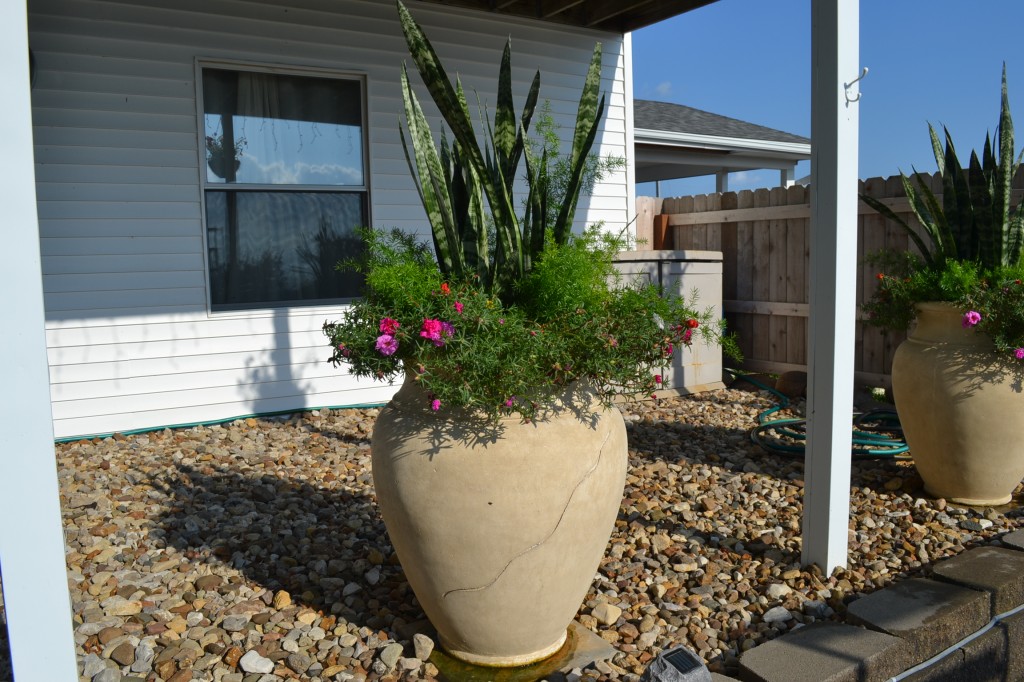Flower pots are a great way to spruce up the exterior of your property. Flower pots are commonly used in areas where it is impractical or impossible to grow plants. There are a lot of commercial applications where flower pots are used to brighten up the exterior of the property. One benefit of using pots is that they are movable. Since flower pots have a self-contained soil system, it is necessary to water the plants and fertilize them on a regular basis. Annual plants work best in flower-pot applications. It is possible to use perennials in your pots, but most of the time you will have better luck using annual flowers. Annual flowers tend to fill the pots more evenly and produce a longer blooming period during the summer. If you are looking for an eye catching summer design we suggest using a variety of annual flowers to give your pots some diversity. Choosing a plant such as a spike to form the center design of your flower-pot will help create depth in your planting. The contrast of green spikes against flowering annuals such as petunia, Impatiens and geraniums makes for a pleasing display. Taller pots display well with cascading ivy draped over the edge of the pot.
Annual flowers that work well in flower pots.
- Petunia
- Begonia
- Zinnia
- Dianthus
- Geranium
- Celosia
- Salvia
Flower pots don’t always have to be limited to annual flowers. Ornamental grasses and topiary evergreens are also commonly used in flower pots. Spiral topiary evergreens can give your business or home entrance an elegant look. It is important to make sure that you have adequate soil available in the flower pots so that the plant you choose can grow. The more soil available to the plant, the less watering that will be necessary. Most pots require daily watering during the summer months. Spring and fall usually require the plant to be watered every other day since the soil retains more moisture when it is cooler out. Another thing to keep in mind is drainage for the flower-pot. If there is standing water left in the pot that is not allowed to drain out, the roots of the plant may rot.

